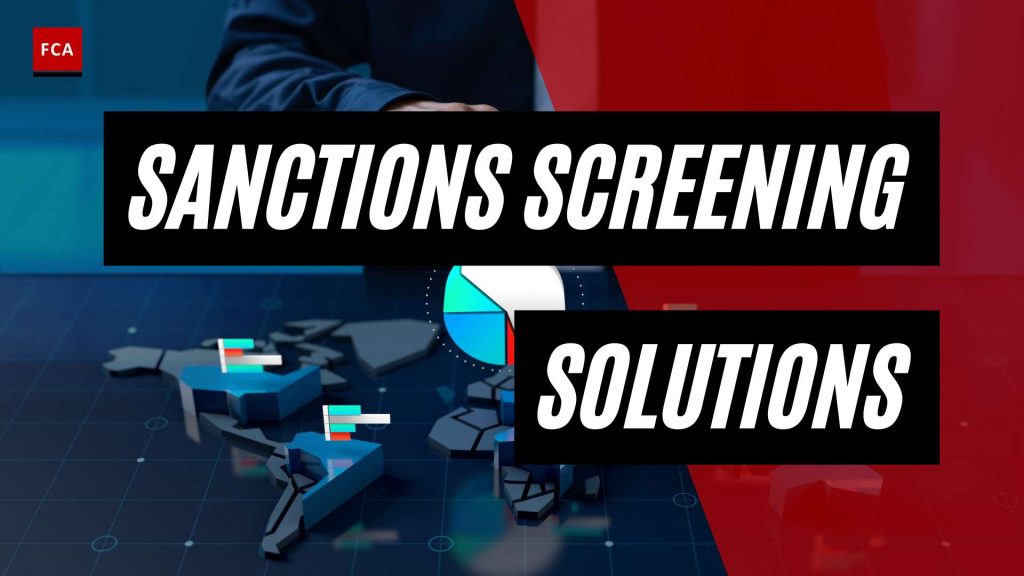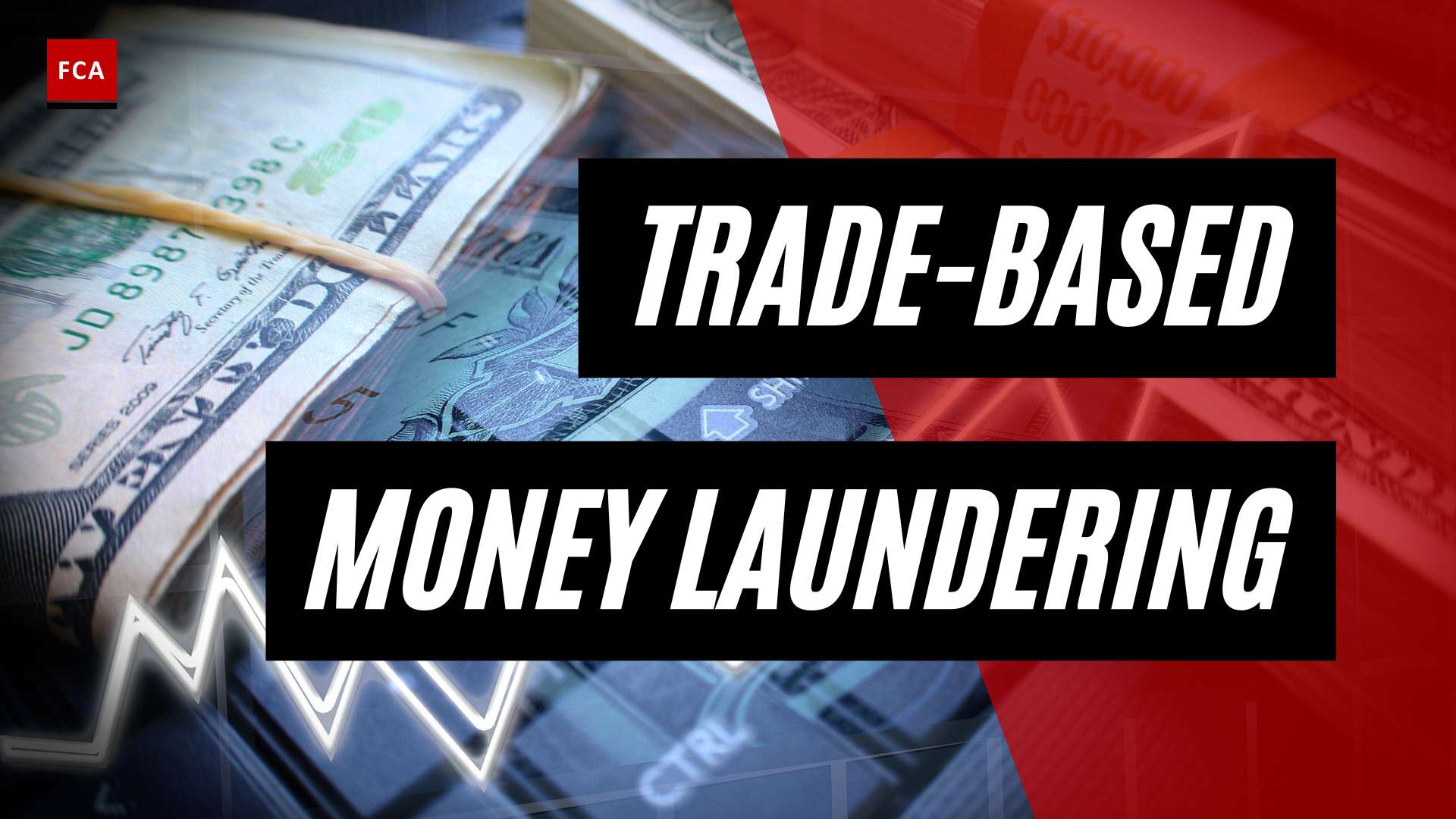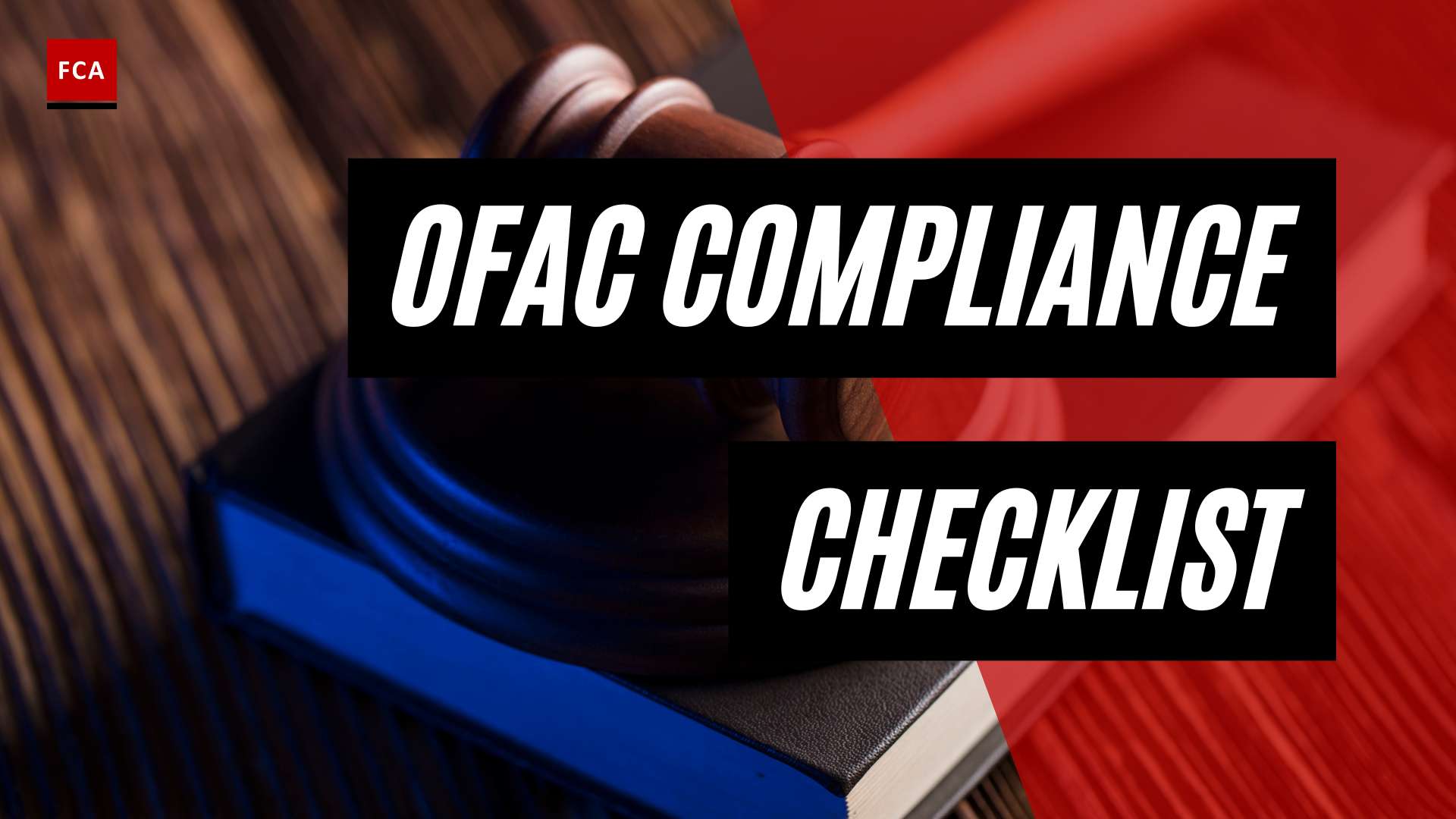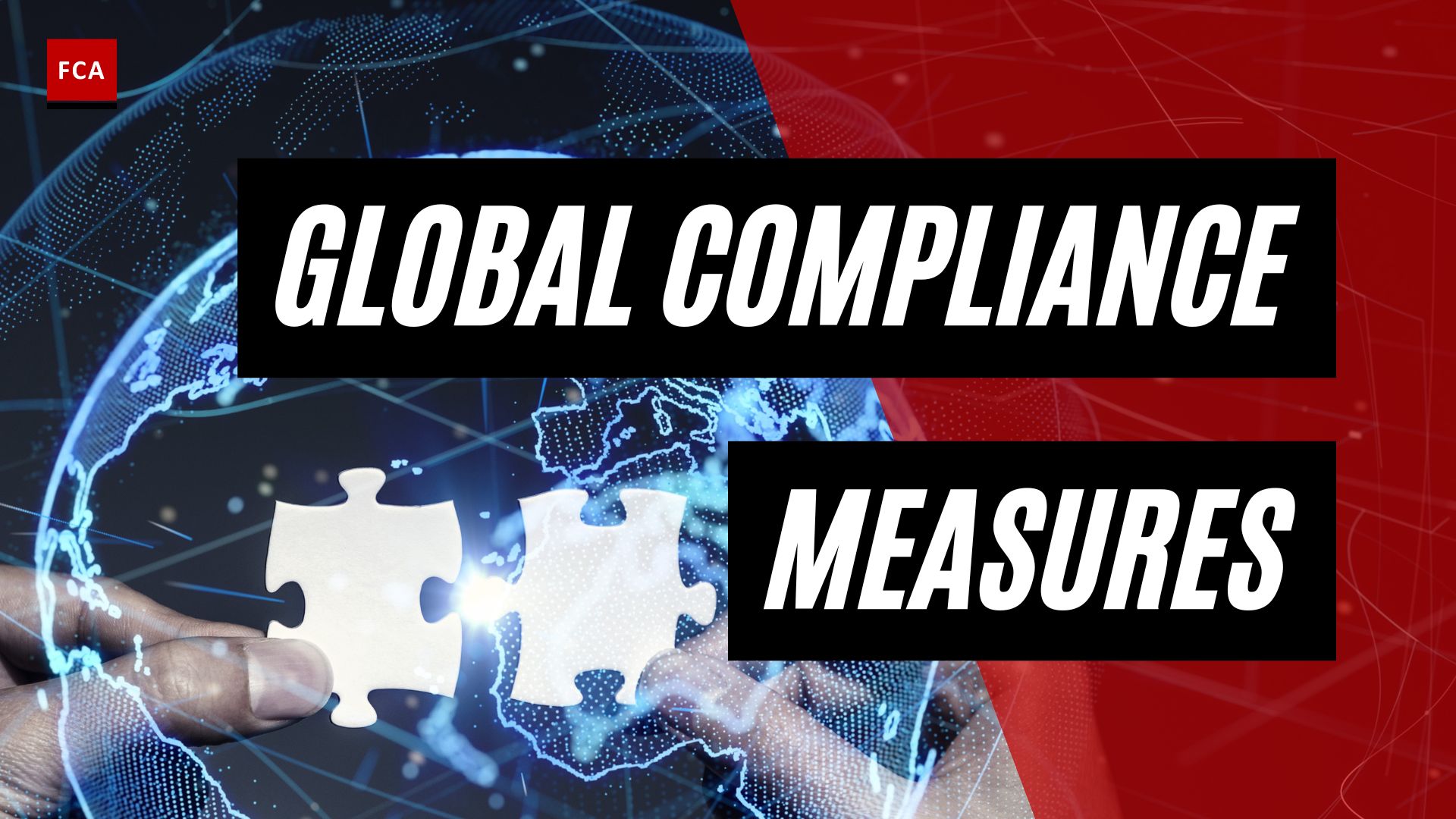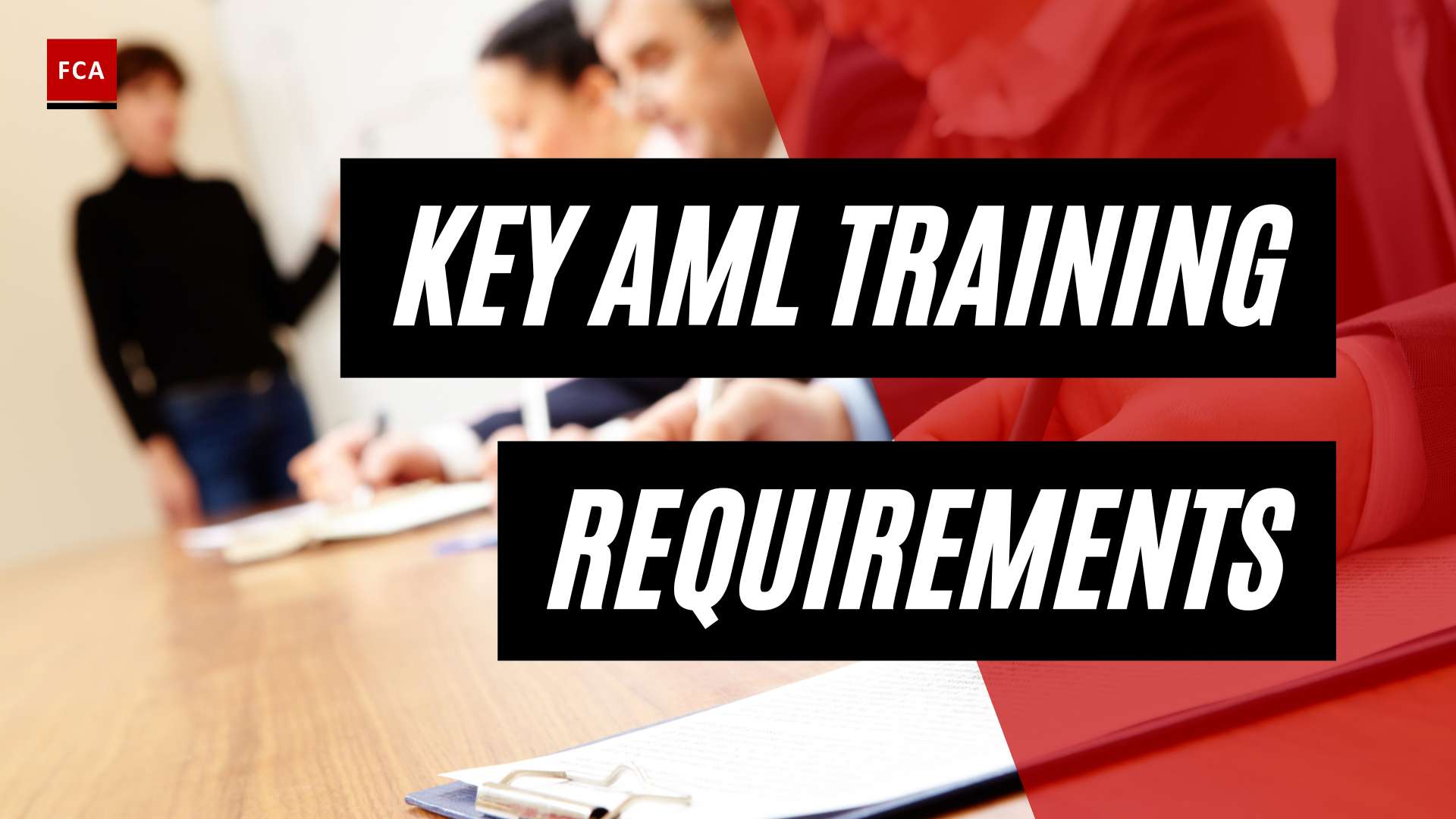Understanding Sanctions Screening
In the realm of Anti-Money Laundering (AML) compliance, sanctions screening plays a critical role in identifying and preventing financial crimes. By screening individuals, entities, and transactions against various sanction lists, organizations can ensure they are not facilitating transactions with sanctioned parties. This section will discuss the importance of sanctions screening for AML compliance and provide an overview of sanctions screening solutions.
Importance of Sanctions Screening for AML Compliance
Sanctions screening is a fundamental component of AML compliance frameworks. It helps organizations comply with regulatory requirements and international standards, such as those set by the Financial Action Task Force (FATF). By implementing robust sanctions screening processes, companies can mitigate the risk of facilitating money laundering, terrorism financing, and other illicit activities.
The consequences of non-compliance with sanctions screening regulations can be severe, including hefty fines, reputational damage, and legal repercussions. Therefore, it is crucial for organizations to prioritize sanctions screening as part of their risk management and compliance efforts.
Overview of Sanctions Screening Solutions
To effectively conduct sanctions screening, organizations rely on specialized software solutions that automate the process and enhance efficiency. These sanctions screening solutions employ various techniques to identify and flag transactions involving sanctioned parties. Here are some common types of sanctions screening solutions:
-
List-Based Screening: List-based screening involves comparing names, aliases, and other identifying information against a predefined list of sanctioned individuals, entities, and countries. These lists are often provided by government agencies, international organizations, and regulatory bodies. List-based screening solutions are relatively simple to implement and can be customized to include additional watchlists specific to an organization’s risk appetite.
-
Rules-Based Screening: Rules-based screening involves applying predefined rules and algorithms to identify potential matches between transactional data and sanctioned entities. These rules can be customized to reflect an organization’s risk profile and specific requirements. Rules-based screening solutions offer flexibility and allow organizations to adapt to evolving sanctions lists and regulatory changes.
-
Artificial Intelligence-Based Screening: Artificial intelligence (AI)-based screening utilizes advanced technologies like machine learning and natural language processing to enhance the accuracy and efficiency of sanctions screening. AI algorithms can analyze complex patterns and identify potential matches more effectively, reducing false positives and improving the overall screening process. AI-based screening solutions often provide real-time monitoring capabilities, enabling organizations to identify and respond promptly to potential sanctions risks.
While each type of sanctions screening solution has its own strengths and considerations, organizations should carefully evaluate their specific needs, regulatory requirements, and risk appetite to determine the most suitable solution. Additionally, it is important to regularly update and review sanctions screening processes to align with changing regulations and emerging risks.
Understanding the importance and available solutions for sanctions screening sets the foundation for effective AML compliance. In the following sections, we will delve deeper into the key features and considerations organizations should keep in mind when evaluating sanctions screening solutions.
Types of Sanctions Screening Solutions
When it comes to sanctions screening, there are different types of solutions available to help organizations comply with Anti-Money Laundering (AML) regulations. Each type of screening solution has its own approach and advantages. In this section, we will explore three common types: list-based screening, rules-based screening, and artificial intelligence (AI)-based screening.
List-Based Screening
List-based screening is a commonly used approach in sanctions screening. This method involves comparing individual entities against a predefined list of sanctioned individuals, organizations, or countries. The list is typically provided by regulatory bodies or government agencies responsible for maintaining and updating sanctions lists.
List-based screening solutions utilize sophisticated algorithms to match names and related data against the sanctions lists. These solutions can help identify potential matches and flag them for further investigation. List-based screening is often effective for identifying known entities that are explicitly listed on the sanctions lists.
| Pros | Cons |
|---|---|
| – Easy to implement and understand | – Limited to known entities listed on sanctions lists |
| – Provides a clear indication of matches | – May result in false positives or false negatives |
| – Generally cost-effective | – Requires manual updates of sanctions lists |
For more information on the sanctions screening process and related tools, check out our article on sanctions screening tools.
Rules-Based Screening
Rules-based screening involves the use of predefined rules to identify potential matches based on specific criteria. This approach allows organizations to customize screening rules based on their risk appetite and compliance requirements. Rules can be created to flag transactions or entities that meet certain predefined conditions, such as transaction amounts, geographical locations, or suspicious patterns.
Rules-based screening solutions can be highly flexible and adaptable to the specific needs of an organization. By setting up customized rules, businesses can align the screening process with their risk management strategies. However, it’s important to regularly review and update these rules to ensure their effectiveness in capturing potential risks.
| Pros | Cons |
|---|---|
| – Customizable to specific risk profiles | – Requires ongoing maintenance and updates of rules |
| – Enables tailored screening based on specific criteria | – May generate false positives or false negatives |
| – Provides flexibility to adapt to changing regulatory requirements | – Requires continuous monitoring and adjustment |
To learn more about the requirements and regulations surrounding sanctions screening, refer to our article on sanctions screening requirements.
Artificial Intelligence-Based Screening
Artificial intelligence (AI)-based screening solutions utilize advanced algorithms and machine learning techniques to enhance the effectiveness of sanctions screening. These solutions can analyze large volumes of data, identify patterns, and make intelligent decisions based on the available information.
AI-based screening goes beyond simple name matching and can consider various data points, such as addresses, aliases, and transactional behavior, to identify potential matches and assess the risk associated with them. These solutions can continuously learn and improve over time, adapting to evolving risks and patterns.
| Pros | Cons |
|---|---|
| – Can analyze complex data patterns | – Requires significant computational resources |
| – Provides enhanced accuracy and reduced false positives | – Requires extensive data training and tuning |
| – Can adapt to evolving risks and patterns | – May involve higher implementation and maintenance costs |
For organizations operating globally, real-time sanctions screening is crucial to ensure compliance with sanctions imposed by different countries. To understand the challenges and considerations associated with global sanctions screening, our article on global sanctions screening provides valuable insights.
By exploring the different types of sanctions screening solutions, organizations can choose the approach that best aligns with their compliance requirements, risk profiles, and operational needs. It’s important to keep in mind that no single solution is foolproof, and a comprehensive AML compliance framework should include multiple layers of defense.
Key Features and Considerations
When selecting sanctions screening solutions for your anti-money laundering (AML) compliance framework, it’s important to carefully evaluate key features and considerations. These factors can greatly impact the effectiveness and efficiency of your sanctions screening process. Here are three crucial aspects to consider: data sources and coverage, customization and flexibility, and integration and scalability.
Data Sources and Coverage
An effective sanctions screening solution relies on comprehensive and up-to-date data sources. It is essential to choose a solution that integrates with reliable and reputable data providers, ensuring access to a wide range of sanctions lists, politically exposed person (PEP) databases, and other relevant sources.
Data coverage is equally important. The solution should cover global sanctions lists and jurisdictions, enabling a thorough screening process across multiple regions. This helps ensure compliance with international regulations and enhances the accuracy of identifying potential matches.
Consider the data sources and coverage provided by different sanctions screening solutions to determine the level of comprehensive coverage they offer. For more information on the sanctions screening process, refer to our article on sanctions screening process.
Customization and Flexibility
Every organization has unique requirements and risk profiles. Therefore, it is crucial to select a sanctions screening solution that offers customization and flexibility. Look for solutions that allow you to tailor screening parameters, such as matching algorithms and risk scoring, to align with your specific compliance needs.
Customization should also extend to the ability to configure user roles and permissions, create watchlists, and define alerts and reporting mechanisms based on your organization’s preferences. This level of customization ensures that the solution adapts to your specific compliance framework and operational workflows.
Evaluate the customization and flexibility options provided by different sanctions screening solutions to determine whether they align with your organization’s requirements. Our article on sanctions screening requirements provides further insights into the essential requirements for an effective sanctions screening solution.
Integration and Scalability
Seamless integration with existing systems is essential for efficient sanctions screening. Choose a solution that can integrate with your organization’s existing AML and compliance systems, such as transaction monitoring and customer due diligence platforms. Integration streamlines the screening process, enabling real-time and automated screening of customer data.
Scalability is another important consideration. As your organization grows, the volume of transactions and customer data will increase. Ensure that the chosen solution can handle the scalability requirements of your organization without compromising performance or accuracy.
Evaluate the integration capabilities and scalability features offered by different sanctions screening solutions to ensure they align with your organization’s current and future needs. Learn more about sanctions screening systems and software by referring to our articles on sanctions screening systems and sanctions screening software.
By carefully considering these key features and considerations, you can select the most suitable sanctions screening solution for your organization’s AML compliance framework. Remember to conduct thorough evaluations and refer to industry best practices to make an informed decision.
Evaluating Sanctions Screening Solutions
When it comes to selecting the right sanctions screening solution for your organization, there are several key factors to consider. Evaluating these factors will help ensure that the chosen solution meets your compliance requirements and provides the necessary level of protection against financial crime. Here are three important aspects to evaluate when considering sanctions screening solutions:
Compliance Requirements and Regulations
One of the primary considerations when evaluating sanctions screening solutions is ensuring compliance with relevant requirements and regulations. Different jurisdictions have varying regulations and lists of sanctioned individuals and entities. It is crucial to choose a solution that covers the necessary databases and ensures compliance with the applicable regulations in your region.
To assess compliance capabilities, consider the following questions:
- Does the sanctions screening solution provide coverage for all relevant watchlists, including global, regional, and domestic lists?
- Does the solution have the ability to stay up to date with changes in regulations and promptly incorporate updates into its screening processes?
- Can the solution handle real-time screening to provide immediate alerts on any matches found during the screening process?
By evaluating the compliance capabilities of different sanctions screening solutions, you can ensure that your organization meets its legal obligations and reduces the risk of financial crime.
Vendor Reputation and Expertise
The reputation and expertise of the vendor offering the sanctions screening solution are important factors to consider. It is crucial to choose a vendor that has a proven track record in the field of compliance and anti-financial crime. Look for vendors with a strong reputation and positive reviews from other organizations in the industry.
Consider the following points when evaluating vendor reputation and expertise:
- Has the vendor been in the market for a significant period of time, demonstrating their experience and commitment to the field?
- Do they have a strong client base, including reputable organizations in the financial industry?
- Are their solutions widely recognized and respected within the compliance community?
By selecting a reputable vendor with expertise in sanctions screening, you can have confidence in the accuracy and effectiveness of the solution.
Cost and Return on Investment
Cost is an important consideration when evaluating sanctions screening solutions. It’s essential to assess the cost of implementation, ongoing maintenance, and any additional fees associated with the solution. However, it’s equally important to consider the return on investment (ROI) that the solution can provide.
To evaluate the cost and ROI, consider the following:
- What is the total cost of ownership, including software licenses, implementation costs, and ongoing maintenance fees?
- Does the solution offer scalability to accommodate future growth and changing compliance needs?
- Can the solution help reduce manual effort and increase operational efficiency, leading to cost savings in the long run?
By carefully evaluating the cost and potential ROI of different sanctions screening solutions, you can make an informed decision that aligns with your organization’s budget and long-term goals.
By thoroughly evaluating compliance requirements and regulations, vendor reputation and expertise, and cost and ROI, you can select a sanctions screening solution that meets your organization’s specific needs and ensures effective AML compliance. For more information on sanctions screening and related topics, visit our articles on aml sanctions screening and sanctions screening requirements.
Best Practices for Implementing Sanctions Screening Solutions
To ensure an effective implementation of sanctions screening solutions within your organization, it is essential to follow best practices that promote compliance and risk mitigation. Here are three key practices to consider:
Conducting a Risk Assessment
Before implementing any sanctions screening solution, it is crucial to conduct a thorough risk assessment. This assessment helps identify the specific risks and vulnerabilities your organization may face in relation to sanctions compliance. By understanding these risks, you can tailor your sanctions screening approach to address them effectively.
During the risk assessment process, consider factors such as the jurisdictions in which your organization operates, the nature of your business relationships, and the products or services you offer. It is also important to assess the potential impact of non-compliance, including reputational risks and regulatory penalties. This assessment will serve as the foundation for designing robust and targeted sanctions screening measures.
Developing Clear Policies and Procedures
Developing clear and comprehensive policies and procedures for sanctions screening is essential for maintaining consistency and transparency throughout the compliance process. These policies should outline the objectives, scope, and responsibilities related to sanctions screening within your organization.
When creating your policies and procedures, consider incorporating guidance from relevant regulatory bodies and industry best practices. Clearly define the processes for sanctions screening, including data sources, screening frequency, and the escalation of potential matches. It is also important to establish protocols for handling and documenting false positive and true positive matches.
By providing clear guidelines, your organization can ensure that employees understand their obligations and are equipped to implement sanctions screening effectively.
Training and Continuous Monitoring
Training employees on sanctions screening procedures and the importance of compliance is critical for the success of your program. Training should cover topics such as understanding sanctions lists, recognizing red flags, and correctly interpreting screening results. Regular training sessions, both during onboarding and as part of ongoing professional development, can help reinforce the importance of sanctions screening and keep employees up to date with evolving regulations.
In addition to training, continuous monitoring is necessary to ensure the effectiveness of your sanctions screening efforts. Regularly review and assess your screening processes and make necessary adjustments based on emerging risks and industry developments. Stay informed about changes in sanctions lists, regulatory requirements, and technological advancements that may impact your screening program. Implementing real-time sanctions screening tools and keeping up with sanctions screening regulations and sanctions screening requirements can help you stay ahead.
By prioritizing training and continuous monitoring, your organization can maintain a strong culture of compliance and adapt to evolving sanctions screening practices.
Implementing best practices such as conducting a risk assessment, developing clear policies and procedures, and providing training and continuous monitoring are essential steps to ensure the effectiveness of your sanctions screening solutions. By integrating these practices into your compliance framework, you can enhance your organization’s ability to detect and mitigate sanctions-related risks.

